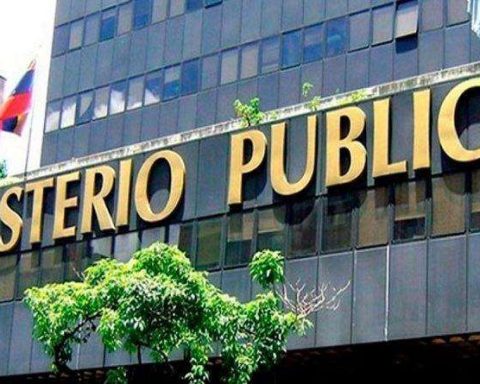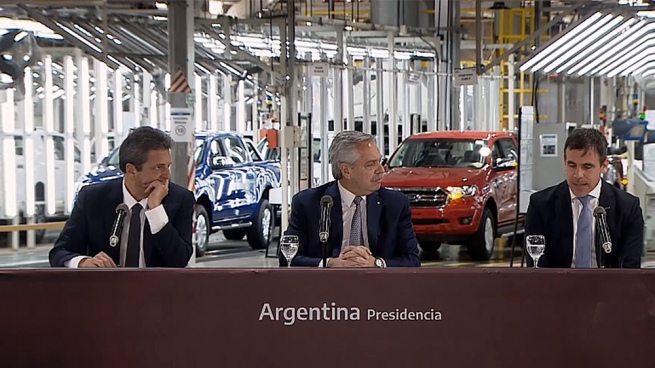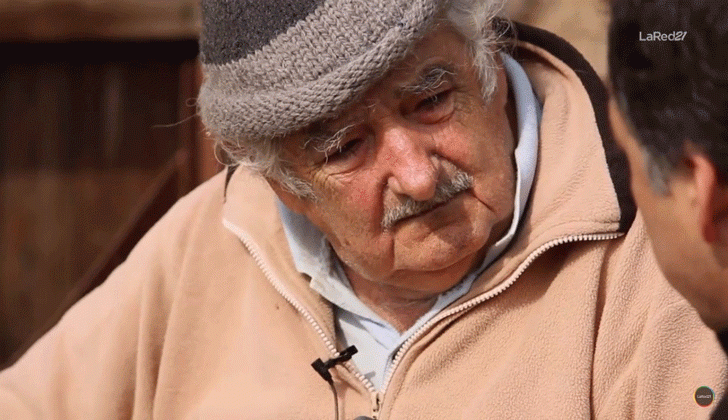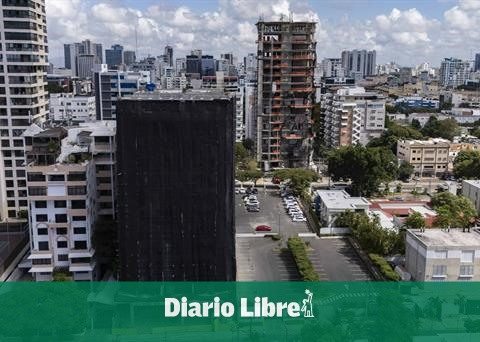The general secretary of Sutralumina Bolívar assured that the calciner with damaged filters in Bauxilum was repaired and that the leak persists because the alumina seed does not remain long enough in the precipitation tanks.
Text: Laura Clisánchez / Caroní Mail
11 days have passed since the calcined alumina emissions began, caused by a start-up failure and filter failure of the only calciner that is operating at CVG Bauxilum.
Although through a statement issued on September 8, the state company assured that it would solve the leak as soon as possible, the emissions of the so-called aluminum oxide persist, although they are not dispersed towards the community in the same way as in previous days due to the change of wind direction.
The adjacencies of the company continue to be full of white dust.
Antonio Seijas, a chemical engineer, explained that the remaining particles are probably 10 microns in size (PM 10), that is, particles considered as suspended dust, and hence their ease in penetrating the pulmonary alveoli and wreaking havoc on the respiratory system in case of prolonged inhalation
Silvano Moreno, president of the Sutralumina Bolívar union, reported that the calciner filters were repaired during the week, and assured that the leak continues because the alumina does not remain long enough in the precipitation tanks and therefore reaches the area. of calcination out of parameter or very fine. This is due to the rush to feed the CVG Venalum cells.
“The calciner was fixed, the filters were repaired. He’s throwing some fine material up the chimney, but not like before, and that’s because the alumina is still very fine. In order to grow, the alumina seed has a residence time in the so-called precipitation area tanks, that time should have been between 10 and 12 days, but to comply with Venalum’s request, that time was reduced by half ” explained the official trade union leader.
A former worker in the area declared anonymously that the filters do not work as they should because the electromagnetic cards should retain the fine material that continues to permeate the chimney.
“A year ago, Bauxilum stopped production to solve some problems. What we don’t understand is why at this time they insist on producing under these conditions,” he said.
Professor Antonio Seijas, a chemical engineer, explained that the remaining particles are probably 10 microns in size (PM 10), that is, particles considered as suspended dust, and hence their ease in penetrating the pulmonary alveoli and causing havoc on the respiratory system in case of prolonged inhalation.
*Also read: Municipal Council of Caroní asks to investigate leak of calcined alumina in CVG Bauxilum
“That is in the air, we breathe it daily”, they warn about a leak in Bauxilum
Calcined alumina is not considered a dangerous substance per se, but prolonged inhalation of the material causes damage to the respiratory and neurological systems, as well as skin and eye irritation, especially in people with underlying lung pathologies, says the World Health Organization. Health (WHO).
The leak sheltered more than seven sectors of Puerto Ordaz located on the Atlantic axis and Paseo Caroní avenue, since Monday, September 5. Those affected (community and plant workers who work with minimum safety equipment) reported symptoms such as allergies, respiratory distress, and skin and eye irritation.
CVG Bauxilum did not consider the health and safety of the population or its workers when ordering the start-up of the calciner in poor conditions and violated the Air Quality and Air Pollution Control Standards established in Decree No. 638.
That is why the Permanent Commission of Environment, Ecology and Agrarian Development of the Municipal Council of Caroní asked the presidency of the instance to open an investigation in order to determine responsibilities for the leak of calcined alumina and the damages that it could cause in matters of public health.
Post Views:
277















